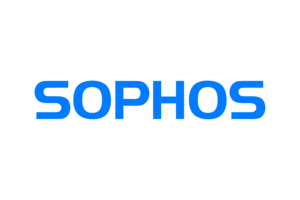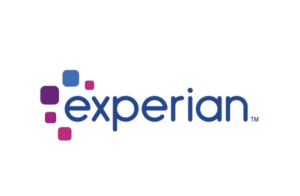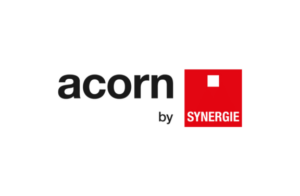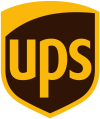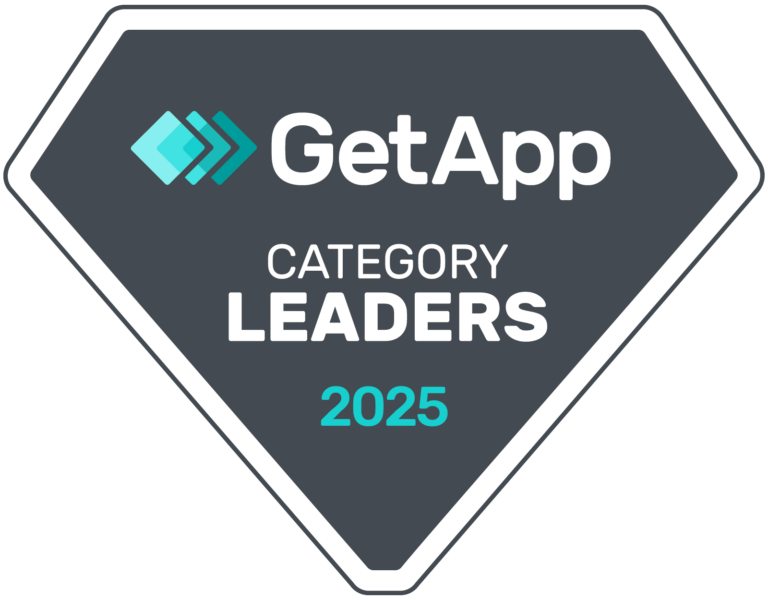What Is Appcues?
Appcues is a digital adoption platform (DAP) that enables product managers to create in-app experiences for user onboarding, feature announcements, product updates, and more using a no-code editor to drive user adoption of SaaS and mobile applications.
With Appcues, product managers can build, launch, and analyze in-app content such as:
- Product tours and user onboarding experiences
- New user task lists
- An announcement center
- In-app pop-ups for new features and product updates
- Beacons and tooltips
- Free response, Likert, and multi-choice feedback surveys
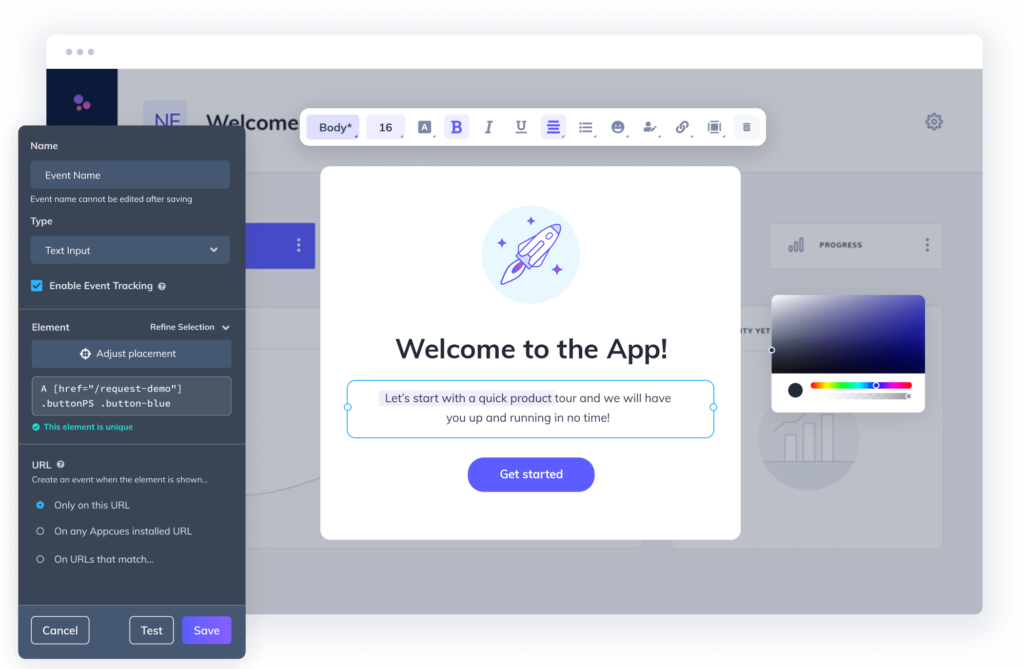
While Appcues is a solid user onboarding and product adoption platform, it isn’t the right digital adoption platform for all use cases.
In this article, we’ll break down Appcues’ core features, pricing, and limitations, explore the best Appcues alternatives to research on your DAP buying journey, and show you why Whatfix is consistently named the best DAP by review sites like G2 and Capterra, analyst firms like Gartner and Forrester, and by our customers – from growth SaaS startups to Fortune 500 companies.
What are the best alternatives to Appcues?
- Whatfix
- WalkMe
- Pendo
- UserPilot
- UserIQ
- UserGuiding
Appcues Pricing
- Essentials: $8249/mo for up to 2,500 MAUs
- Growth: $879/mo for up to 2,500 MAUs
Appcues offers a full-feature free trial and three pricing tiers based on monthly active users (MAUs) for your product (or products).
The 14-day free trial provides complete access to all of Appcues’ features. This includes unlimited content within 14 days. But if you don’t present more than 50 flows to users during that time, your trial will remain active until you hit that limit.
Appcues doesn’t publicize pricing for enterprise-level customers with more than one product or over 500 employees.
Appcues also offers customized onboarding, professional services, and dedicated customer support – all at an added charge on top of its pricing model.
Limitations of Appcues
During your product adoption research process, you have most likely shortlisted a list of features and requirements for your new product adoption platform investment.
After looking at the requirements for your digital adoption platform, you’re ready to compare those requirements to the limitations of Appcues.
Here are a few reasons you may consider an Appcues alternative DAP solution:
1. It’s highly technical
Main use cases for Appcues revolve around the need for a no-code user onboarding and adoption platform that empowers non-technical product managers with the tools to analyze, create, publish, and test changes to in-app content such as product tours, walkthroughs, tooltips, task lists, and more. This allows companies to become product-led growth companies, reduce the dependency on engineering, and test quickly.
However with Appcues, there is a huge learning curve for non-technical users -especially during product set-up. Most new users are still required to rely on their engineering teams to fully utilize the tool. For non-technical teams, Appcues isn’t the right choice.
2. It’s expensive, especially as MAUs scale
Appcues is already a large investment, and that continues to become a larger investment as MAUs scale.
Its entry-level offering is only offered to teams with less than 2,500 MAUs. That’s not many – with most products having more than this monthly number of users.
Here at Whatfix, our starting license spans up to 10,000 MAUs, while our second-tier pricing level going up to 40,000 MAUs. For scaling products, or products with an establish MAU base, Whatfix is a much better solution.
3. It’s only built for product teams and customer-facing applications
This won’t be an issue for product teams looking for a solution to create user onboarding experiences and announce new features to customers and end-users.
However, many companies are now implementing digital adoption platforms for internal use cases to help support their digital transformation efforts and enable employees with better in-app experiences.
A DAP empowers enterprises to maximize the ROI of their software investments, drive employee adoption of new software applications, manage process changes, improve productivity, and provide moment-of-need guidance and self-help support for employees across the digital workplace.
4. Appcues doesn’t support desktop applications
Appcues is built for product managers of cloud-based SaaS applications and mobile apps. It lacks to ability to integrate with desktop applications.
Suppose you’re a product manager looking to create in-app guidance, provide self-help support, drive user adoption, and analyze user engagement on a desktop application. In that case, you’ll need to find an Appcues desktop-compatible alternative – like Whatfix!
5. Appcues can’t auto-translate multi-language content
Appcues cannot auto-translate content based on a user’s geographic region, meaning product managers must translate content manually. Other DAPs (again, like Whatfix!) can auto-translate dozens of popular languages and contextually display in-app content based on a users’ location. Whatfix is also one of the only DAPs that supports auto-translate for right-to-left languages like Arabic and Hebrew.
6. Appcues lacks IF/THEN branching and cross-application guidance
According to Gartner’s most recent DAP market guide, Appcues lacks support of IF/THEN branching, reducing its ability to create highly-contextual user flows and journeys based on user actions.
The report also stated that Appcues cannot provide consistent, cross-application guidance and analytics on tasks and workflows that require more-than-one application.
7. Users have reported Appcues has poor customer support
Looking at G2.com’s profile for Appcues, it becomes apparent that smaller customers wait more than 24 hours to receive a response to customer-support issues.
To add to its poor customer support, it requires customers to pay additional fees in addition to its subscription cost for personalized onboarding and dedicated customer support.
6 Best Alternatives to Appcues
Let’s now explore the best Appcues alternatives for research. Our overview considers user reviews, feature sets, the target market for each product, price, and more.
1. Whatfix
- G2 Review Rating: 4.7 out of 5 stars, across 240 reviews
- Price: N/A – contact for a custom quote
Whatfix is a digital adoption platform alternative to Appcues that has been named a Leader in G2’s Digital Adoption Platform category for 4 straight years.
Unlike Appcues, Whatfix provides user adoption solutions for customer-facing applications, as well as internal employee applications. Whatfix also provides robust product analytics software to allow product teams to capture and analyze user behavior and journeys.
With Whatfix, product teams and IT managers can create, launch, and analyze in-app content and guided experiences such as product tours, feature announcements, user onboarding flows, pop-up announcements, field validations, and more – all without the need for engineering support.

Product managers can also create in-app wikis (Self Help) that provide moment-of-need support. Whatfix Self Help automatically crawls your company’s knowledge repositories, including your customer and end-user documentation, LMS, knowledge base, FAQs, support center, help desk, how-to guides, third-party links, videos, and more, curating it directly inside your application.
AI-powered Self Help is contextually populated depending on where an end-user is in your app, their user type, and role. Customers and end-users can use Self Help’s search function to find any help content or support documentation they need, and product managers can attach in-app guidance and flows that are prompted when end-users click on a help entry in your Self Help wiki.

Understand user engagement, in-app content usage, and overall adoption with our no-code product analytics and event tracking tool. Analyze user journeys, identity friction in your user funnels, create and compare user cohorts, and use AI to auto-identify key trends in your user data. Whatfix also native, embedded features to collect user feedback with in-app surveys.
Need more reasons to choose Whatfix over Appcues? Here are a few notable differentiators specific to user onboarding, including:
- Intelligent Segmentation: Automatically contextualize product guidance based on location without having to configure any rules or branching logic.
- Omnichannel Content Integration: Bring existing knowledge assets into an application and auto-generate content in a variety of formats, like video, PDFs, and slideshows. SCORM and xAPI compliance ensures walkthroughs display in your knowledge bases and learning management systems (LMSs).
- Open Ecosystem: Use 50+ exposed APIs to integrate Whatfix with your existing tools. This can consolidate reporting in your analytics platform by combining product usage data with Whatfix analytics.
- Professional Services: Accelerate ROI by leveraging professional services to outsource the authoring and management of user onboarding and employee training content.
- Customer-centric approach: From our dedicated onboarding team, post-deployment content author training, 24/5 support, to our customer community and Center of Excellence, Whatfix empowers it customers with the resources to drive business outcomes fast. Don’t take our word for it, head over to G2 to read our reviews and compare us to Appcues head-to-head.

Whatfix
Appcues
2. WalkMe
- G2 Review Rating: 4.5 out of 5 stars, across 222 reviews
- Price: N/A
WalkMe is a more comprehensive DAP compared to Appcues. It supports both employee training for internal tools and user onboarding for your products. Appcues is cheaper and easier to use, making it a more popular solution for smaller organizations. But WalkMe’s wide range of content authoring elements is better suited for enterprise-level organizations that have more extensive developer resources than other Walkme alternatives.
3. Pendo
- G2 Review Rating: 4.5 out of 5 stars, across 589 reviews
- Price: Not available, but public reviews say lower-tier prices start at around $12,000~ a year.
Pendo is another digital adoption platform competitor to Appcues. Appcues and Pendo are similar in focusing on driving product adoption among customers. They provide many of the same features, including in-app surveys and feature walkthroughs that fit in natively with your product design. But where Pendo differs is in its analytics focus. With more robust data analysis features, Pendo positions itself more effectively for the enterprise market than other Pendo competitors. However, G2 reviews cite Appcues as easier to use and better for support, making it more appealing to smaller organizations.
4. UserPilot
- G2 Review Rating: 4.6 out of 5 stars, across 149 reviews
- Price:
- Traction: Starts at $249/month
- Growth: Starts at $499/month
- Enterprise: Starts at $1,000/month
Userpilot is another DAP that focuses solely on customer onboarding, making it a more direct Appcues competitor compared to more versatile options that also work for internal applications. User segmentation and in-app targeting are stronger with Appcues. However, Userpilot’s lower price tag and customizability make the product a stronger solution among SMBs.
5. UserIQ
- G2 Review Rating: 4.4 out of 5 stars, across 117 reviews
- Price: N/A – contact for a custom quote
UserIQ promotes itself as a customer success platform rather than a DAP. However, both Appcues and UserIQ offer features that aim to improve customer onboarding experiences. Appcues’ product-led growth platform has a more robust onboarding feature set and is able to deliver ROI faster than UserIQ. But UserIQ provides deeper customer engagement and success analytics as well as improved targeting for user segmentation.
6. UserGuiding
- G2 Review Rating: 4.7 out of 5 stars, across 110 reviews
- Price:
- Basic: Starts at $69/month
- Professional: Starts at $299/month
UserGuiding is a more cost-friendly alternative to Appcues and targets more SMBs than any other product adoption platform on this list. It has basic features such as in-app content editors for onboarding flows and interactive walkthroughs, surveys, and basic resource centers.
Why Whatfix Is the Best Appcues Alternative
There’s no shortage of Appcues alternatives and competitors for you to choose from. And at first glance, it might seem like they all offer a similar set of features—in-app surveys, product tours, analytics, etc.
From a user onboarding standpoint alone, Whatfix’s more advanced technology and integrations make it the most appealing alternative. And when you add in its versatility as a DAP for accelerating employee training, you get another layer of value compared to a product like Appcues.
Whatfix has helped SMB, mid-market, and enterprise organizations reduce support tickets by 45%, cut training costs by 35%, and reduce employee knowledge discovery time by 25%.


